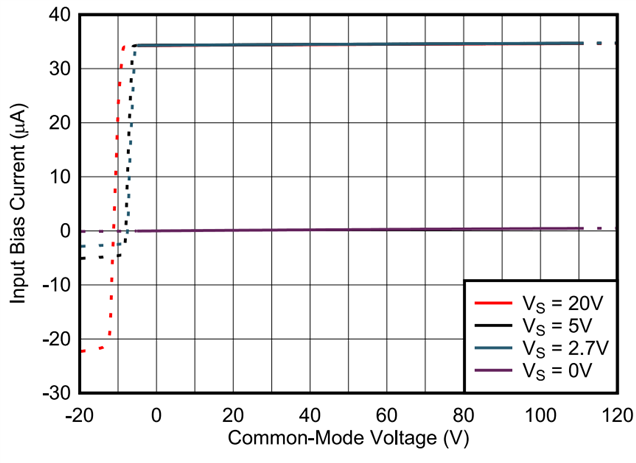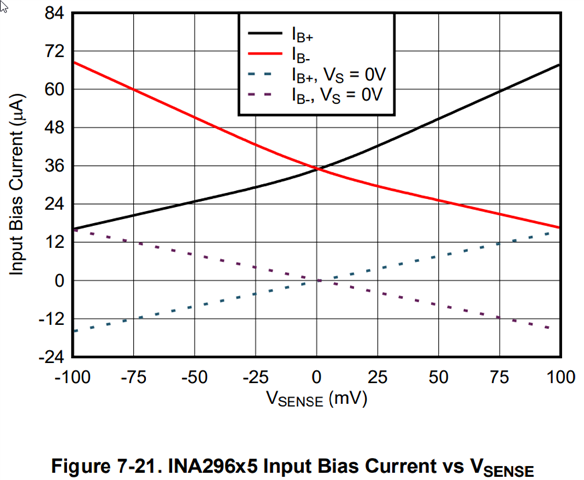Tool/software:
Hi,
Based on the feedback from e2e forum for the query, "INA296B4Q - Gain Error Factor",
- To calculate the gain error factor for the use case of an external series filter resistor (Rs), it has been suggested to make use of the following formula.

- Formula mentioned here is suitable for INA240 devices
- 3000 needs to be replaced as 3250 for INA296 devices.
Could you please provide more details about the parameters on which the value i,e, 3250 has been estimated for the INA296 device?




